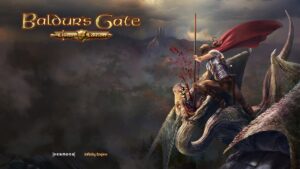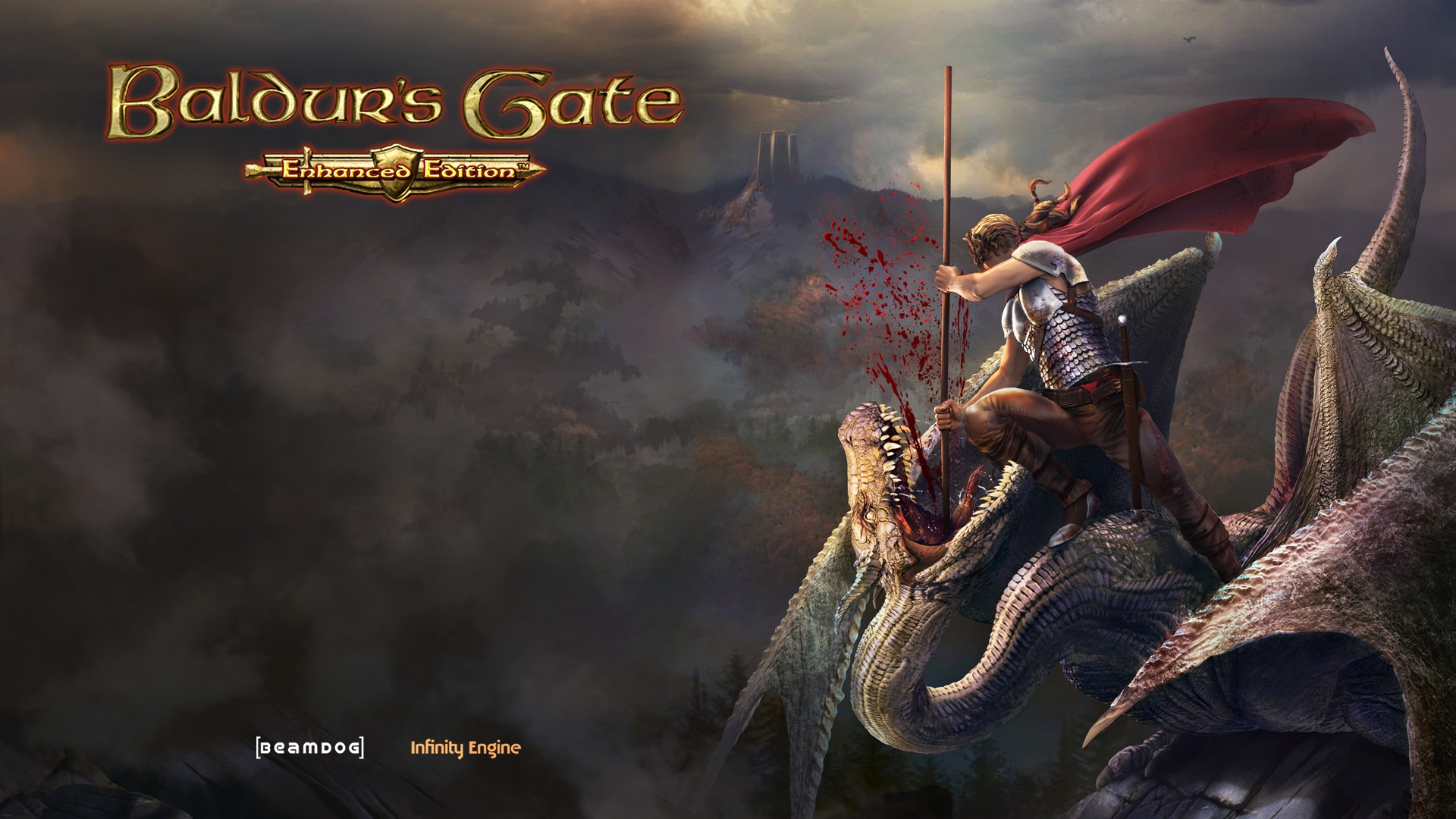
BioWare created the seminal role-playing game “Baldur’s Gate,” which Interplay Entertainment released in 1998. Set in the high-dreamland of the Failed to remember Domains, a famous Prisons and Mythical serpents (D&D) crusade setting, the game revitalized the RPG sort, setting new principles for narrating, character improvement, and strategic combat
Setting and Story
The story of “Baldur’s Gate” is heavily influenced by the mythology of the Forgotten Realms. It focuses on the dangerous Sword Coast, which is known for political intrigue and a wide variety of creatures. Players take on the role of a young orphan raised in Candlekeep, a remote fortress. When the protagonist’s foster father, Gorion, is killed by an enigmatic armored figure, their lives are turned upside down. This terrible occasion pushes the player into a fabulous experience across the Sword Coast, as they reveal their actual legacy and the evil plot compromising the region.
The revelation that the protagonist is one of the Bhaalspawn, a child of the defunct murderous god Bhaal, is central to the plot. Personal discovery and larger-than-life conflicts involving rival Bhaalspawn, powerful organizations like the Iron Throne, and ancient prophecies are intertwined throughout this lineage, which ultimately forms the story’s core. The storyline is significantly influenced by the player’s choices and alignment, providing a rich, branching narrative that ensures that no two playthroughs are identical
Ongoing interaction Mechanics
“Baldur’s Gate” is known for its isometric viewpoint, permitting players to explore a perfectly delivered world overflowing with life. The game utilizes the High level Prisons and Mythical beasts second Version ruleset, and that implies players take part in turn-based battle, however it is given progressively the choice to respite and issue orders, a framework frequently alluded to as “constant with pause.
Players can choose from different races (like people, mythical beings, and dwarves), classes (like warriors, mages, hoodlums, and ministers), and arrangements (like legitimate great or turbulent malevolence) during the inside and out character creation process. This customization reaches out to abilities and capacities, offering a serious level of personalization and replayability
Another characteristic of the game is the party-based system. Players can select a different exhibit of colleagues, each with their own history, inspirations, and missions. Dealing with this party includes vital battle choices as well as relational connections, as sidekicks might conflict with one another or even leave the gathering in light of the player’s activities and decisions
Investigation and Quests
Investigation in “Baldur’s Gate” is both huge and shifted. The game’s guide is dabbed with various areas, including clamoring urban communities like the nominal Baldur’s Gate, ghostly backwoods, and old vestiges. Every region is lavishly definite, loaded up with stowed away fortunes, testing foes, and side journeys that add profundity to the principal narrative.
Journeys in “Baldur’s Gate” range from basic bring missions to complex, multi-part undertakings that can altogether affect the game world. The relationships between players and non-playable characters (NPCs) as well as the future of entire regions are impacted by the choices they make during these quests. This accentuation on player organization and result was earth shattering at the hour of the game’s release
Audio and images
Baldur’s Gate” received praise for its stunning visuals and atmospheric soundtrack upon its release. The game uses pre-delivered foundations and 2D sprites, establishing an outwardly engaging and vivid climate. The day-night cycle and weather conditions impacts further improve the authenticity of the game world
Another standout feature is the soundtrack, which was written by Michael Hoenig. The music progressively moves to match the on-screen activity, whether it be the quiet investigation of a tranquil town or the pressure of a hazardous fight. Despite its limitations in comparison to modern standards, voice acting gives key characters personality and enhances the overall experience of storytelling.
Reputation and Impact
“Baldur’s Entryway” is frequently credited with reviving the CRPG (PC pretending game) sort. Its prosperity prompted a widely praised continuation, “Baldur’s Gate II: Shadows of Amn,” and a progression of extensions and side projects. In terms of game mechanics and narrative complexity, the game’s influence can be seen in numerous subsequent RPGs. A new generation of gamers were introduced to the classic game when Beamdog released the Enhanced Edition of “Baldur’s Gate” in 2012. This rendition incorporates refreshed designs, new characters, and extra satisfied, while holding the center components that made the first so beloved
Conclusion
The end Baldur’s Gate is something other than a computer game; it is a defining moment in the RPG kind’s set of experiences. It set another norm for what computer games could do by consolidating a luxuriously definite world, complex characters, and a convincing story that was established in the revered D&D universe. It stays an exemplary RPG experience for some, showing the enduring worth of intuitive narrating.
